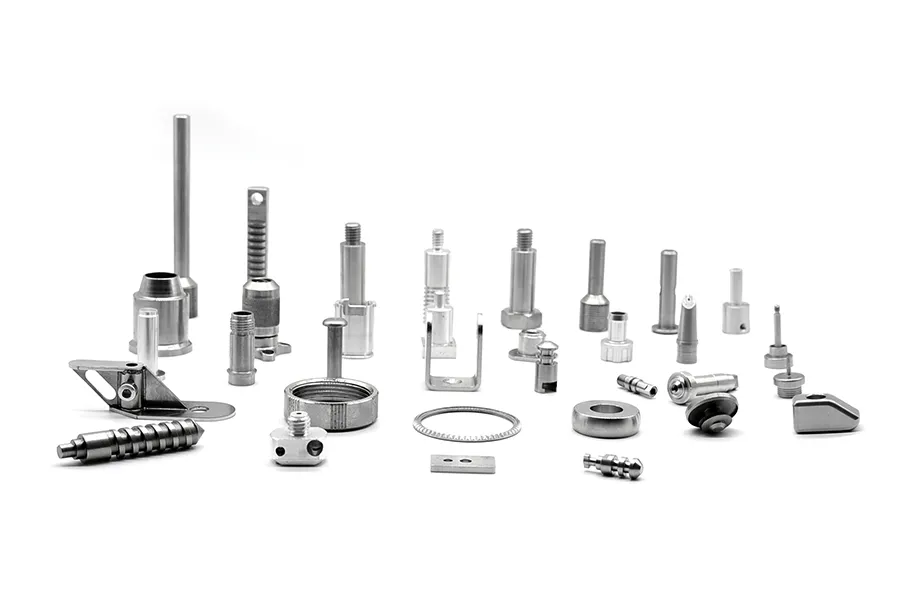CNC Machining Stainless Steel Parts
CNC machining is a precise and efficient method for manufacturing stainless steel parts. Here are the steps involved in producing a stainless steel part using CNC machining:
Design: The part design is created using computer-aided design (CAD) software.
Programming: The design is then translated into a computer program that the CNC machine can read.
Material selection: Stainless steel is selected as the material for the part.
Setup: The CNC machine is set up with the correct tooling and parameters for the specific job.
Machining: The CNC machine begins cutting and shaping the stainless steel according to the programmed instructions.
Finishing: Once the machining is complete, any rough edges or burrs are smoothed out to provide a clean finish.
Quality control: The finished part is inspected to ensure it meets the required specifications.
Packaging and shipping: The part is then packaged and shipped to the customer.
Overall, CNC machining allows for accurate, consistent, and efficient production of stainless steel parts.
Stainless steel part surface finish
Stainless steel part surface finish can vary depending on the application and the desired appearance. Some common types of surface finishes for stainless steel parts include:
#1 Finish: This is the rough and dull surface finish that is produced by hot rolling, annealing and pickling.
#2D Finish: This is a smooth, non-reflective finish produced by cold rolling, annealing and pickling.
#2B Finish: This is a smooth, reflective surface finish produced by cold rolling, annealing, pickling and passivating.
#3 Finish: This is a semi-reflective surface finish produced by grinding with a 120-150 grit abrasive.
#4 Finish: This is a general-purpose surface finish produced by grinding with a 150-180 grit abrasive.
#8 Mirror Finish: This is a highly reflective surface finish produced by polishing with a 320-400 grit abrasive.
Non-directional Finish: This is a uniform, matte finish produced by blasting with glass beads or ceramic media.
Brushed Finish: This is a non-reflective surface finish produced by brushing the surface with a fine abrasive.
Linen Finish: This is a textured surface finish produced by rolling the metal between embossed rollers.
The chosen surface finish will depend on the desired appearance, corrosion resistance, and functionality of the stainless steel part.
Characteristics of Steel
Steel is a metal alloy made up of iron and carbon, and it has several important characteristics that make it valuable in various applications. Some key characteristics of steel include:
Strength: Steel is incredibly strong and can withstand high levels of stress and tension, making it ideal for use in construction, bridges, and other high-load applications.
Durability: Steel is highly durable and resistant to wear and tear, making it ideal for use in heavy-duty machinery, tools, and equipment.
Versatility: Steel can be easily transformed into different configurations and shapes, allowing it to be used in a wide range of applications.
Corrosion Resistance: Some types of steels are designed to be highly resistant to corrosion, making them ideal for use in harsh environments.
High Melting Point: Steel has a high melting point, which means it is ideal for use in situations where high temperatures are involved, such as in furnaces and other industrial applications.
Cost-effectiveness: Steel is relatively inexpensive compared to other materials, making it a cost-effective choice for a wide range of applications.
Related topics:
cnc machining part
cnc manufacture
cnc prototyping
cnc servicing

